Optimal Timing for Pest Extermination
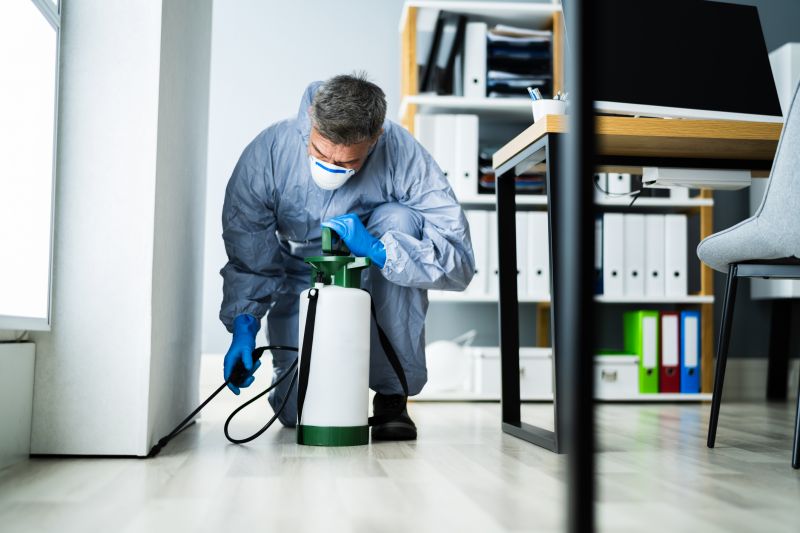
Spring often sees increased pest activity as insects emerge and seek shelter.

Summer months can lead to higher pest populations due to warm weather and abundant food sources.

Pest activity may decrease in colder months, but some pests seek indoor warmth, requiring year-round vigilance.

Ways to make Extermination Service work in tight or awkward layouts.

Popular materials for Extermination Service and why they hold up over time.
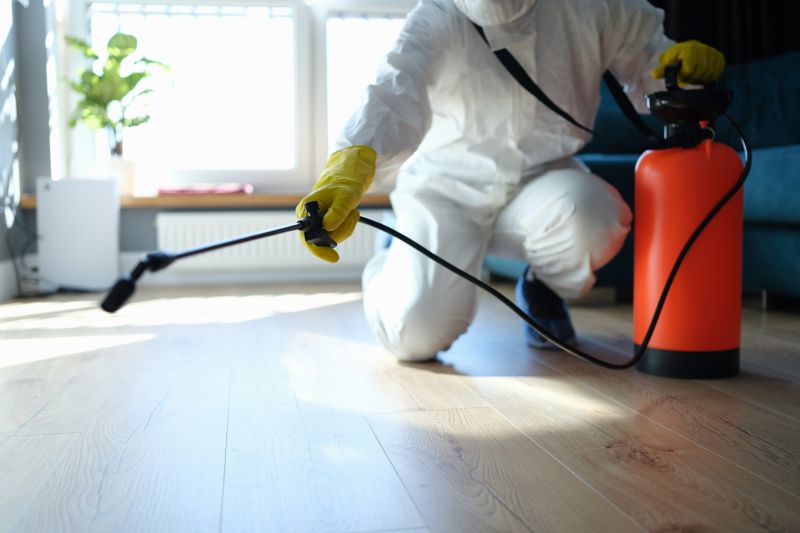
Simple add-ons that improve Extermination Service without blowing the budget.
Extermination services are essential for controlling pest populations and preventing infestations. Timing plays a crucial role in the effectiveness of treatments, as pests tend to be more active during specific seasons. Early intervention can reduce the risk of widespread infestations, minimizing damage and health risks associated with pests.
Statistics indicate that pest activity peaks during warmer months, with certain species like ants, termites, and cockroaches becoming more prevalent. Conducting extermination services before these peak times can lead to more efficient control and less frequent treatments. Regular inspections and timely interventions are recommended for maintaining pest-free environments.
Scheduling extermination services in early spring can prevent pests from establishing colonies.
Treatments during mid-summer help control active pests and reduce populations.
Year-round pest management includes addressing pests that seek indoor warmth during colder months.
Understanding pest behavior patterns assists in planning effective extermination schedules.

Spring treatments target emerging pests and prevent colony establishment.

Summer services focus on active pests and reducing population growth.
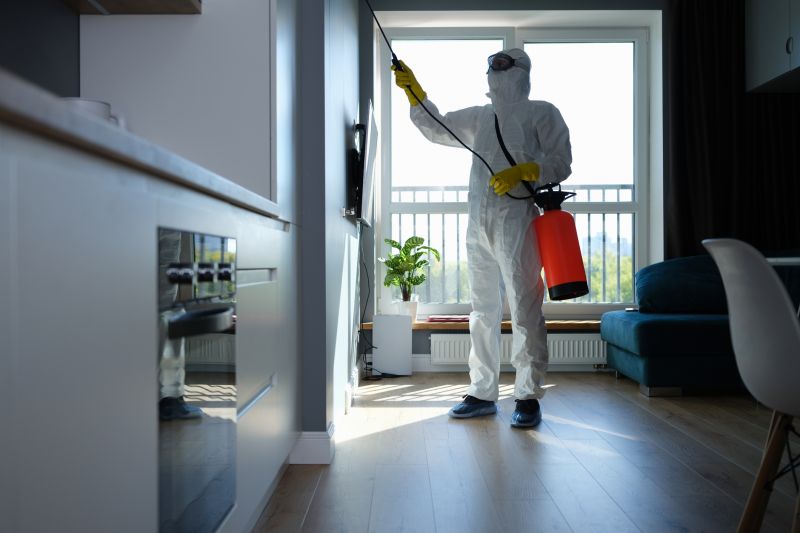
Fall treatments address pests seeking indoor shelter for winter.
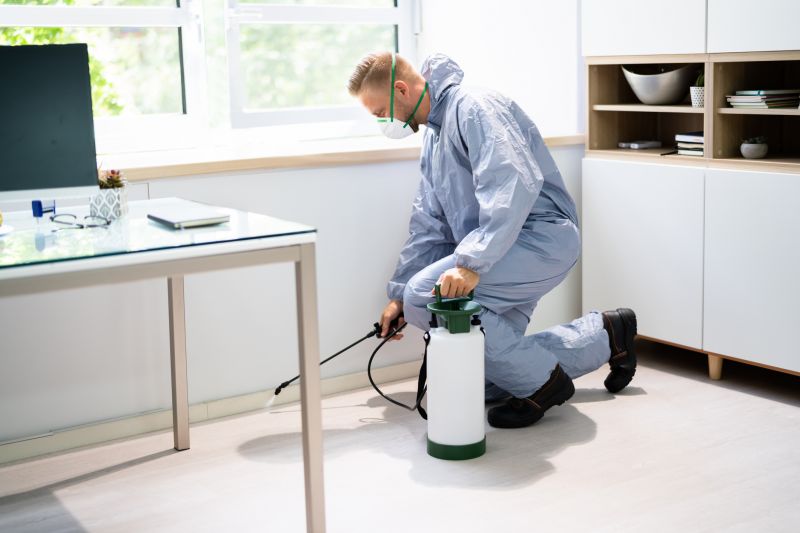
Winter services focus on pests that remain active indoors.

Regular inspections help identify pest activity early for timely intervention.

Timing treatments with pest life cycles increases success rates.

Monitoring seasonal trends informs optimal treatment scheduling.
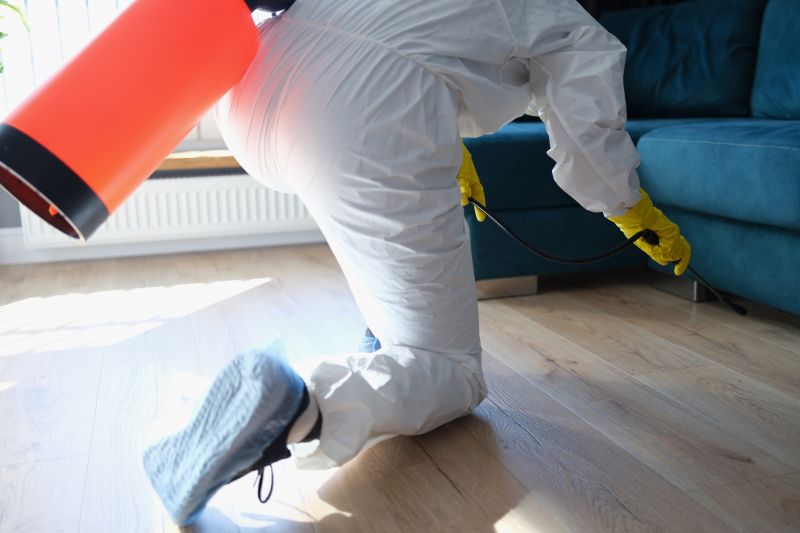
Proactive extermination minimizes the risk of severe infestations.
| Season | Best Pest Control Activities |
|---|---|
| Spring | Begin treatments early to prevent pests from establishing colonies. |
| Summer | Maintain regular treatments to control active pests. |
| Fall | Address pests seeking indoor warmth and prepare for winter. |
| Winter | Focus on indoor pest management and inspections. |
| Late Spring | Monitor for early signs of pest activity. |
| Early Fall | Reinforce treatments before pests become problematic. |
| Late Summer | Target pest populations at their peak. |
| Early Winter | Inspect and treat indoor spaces for pests. |
Understanding the seasonal patterns of pest activity can significantly enhance the effectiveness of extermination services. Scheduling treatments in alignment with pest life cycles ensures better control and reduces the likelihood of future infestations. Regular inspections and timely interventions are key components of effective pest management strategies.
Interested in scheduling extermination services? Filling out the contact form provides an opportunity to discuss tailored pest control plans that suit specific needs and seasonal considerations.
